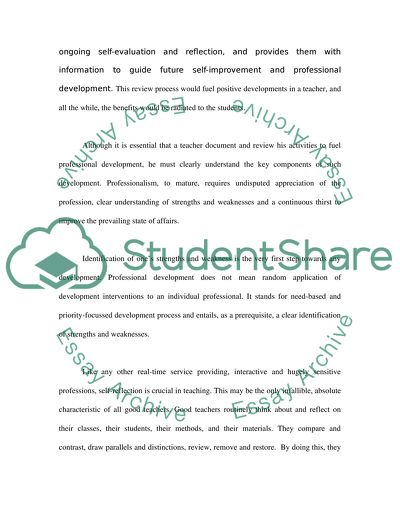Cite this document
(“Professional Portfolios in Teaching Essay Example | Topics and Well Written Essays - 1500 words”, n.d.)
Retrieved from https://studentshare.org/sociology/1524488-professional-portfolios-in-teaching
Retrieved from https://studentshare.org/sociology/1524488-professional-portfolios-in-teaching
(Professional Portfolios in Teaching Essay Example | Topics and Well Written Essays - 1500 Words)
https://studentshare.org/sociology/1524488-professional-portfolios-in-teaching.
https://studentshare.org/sociology/1524488-professional-portfolios-in-teaching.
“Professional Portfolios in Teaching Essay Example | Topics and Well Written Essays - 1500 Words”, n.d. https://studentshare.org/sociology/1524488-professional-portfolios-in-teaching.


